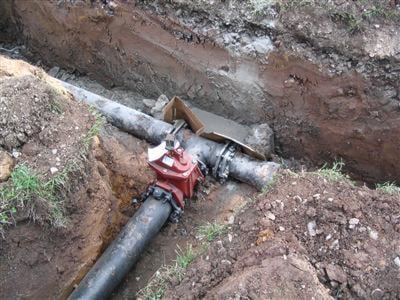The City of Kimberley has recently undergone an Asset Management Assessment from Urban Systems. The Assessment looked at all city assets, water systems, road networks, buildings and equipment, parks and recreation facilities and more. It gave each asset a replacement value, years of remaining life before replacement, infrastructure deficit (how much is operating beyond its service life), the total amount needed to pay for replacement over the next 20 years, and how much the City should be contributing each year to keep that piece of infrastructure sustainable.
For example, Kimberley’s roadway system has a replacement value of $118,212,849. 50 per cent of it will need replacement, the infrastructure deficit is $20,545.043, the 20 year replacement total is $40,412,061 and the City should be spending $2,029,000 each year to keep up with that.
And that’s just roads.
The totals are somewhat mind-boggling, or, as Coun. Darryl Oakley put it, “unbelievably depressing”.
In total, Kimberley’s assets are worth $420,725,599, 45 per cent of which has passed its expected service life leaving an infrastructure deficit of $73,250,793. The 20-year replacement total is $217,888,811 and the City would have to spend $8,237,700 per year to keep it sustainable. These totals do include $35 million for a new waste water treatment plant, which has been looming for several years.
The report outlines ways other communities have dealt with these deficits — and they do have them. Municipalities have reduced services, put in special infrastructure taxes and more.
“I don’t like to see additional taxes as a solution,” Oakley said.
“Nobody wants to see reduction in services,” said Mayor Don McCormick, but he added the now familiar phrase, with numbers like these there can be no sacred cows.
“These are big numbers but they are not a big surprise,” he said. “They are in line with what we were thinking. At least it’s all quantified now. The biggest issue isn’t where the deficit is at, it’s how much money are we spending today and how can we close the gap?”
